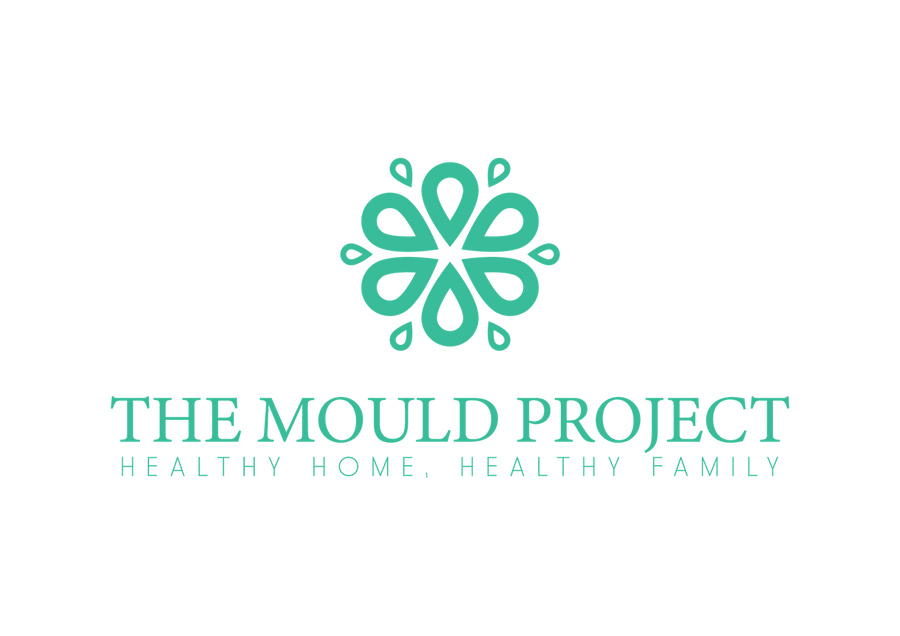At the time of writing this, its been just over a year since we started The Mould Project. Our intention at the start was to connect to other professionals- and start a network of trusted professionals. One of the key players is a good mould inspector who can tell you a) if you have a mould problem or not and b) where the problems are
This process has been slow, and frustrating to say the least.
There are a number of mould inspectors out there, but our experience is that most of them either aren't thorough enough or don't have the skills/knowledge to adequately assess a house. This includes taking air samples (which are already limited) when the house hasn't been closed up (which makes them almost useless) and advocating fogging as a means of remediation (it should never replace proper remediation). Many inspectors don't truly understand how hypersensitive mould-sick people can be, and that the level of testing needs to match that sensitivy rather than showing the house is "good enough".
However, all is not lost. We have spoked with, and had feedback from a few companies who have had good training and are doing a thorough job. Nicole Bijlsma, author of "Healthy Home, Healthy Family" has started the Australian College of Environmental Studies . She is training mould testing technicians, as well as Building Biologists in New Zealand and Australia. This is the best training we have come across in NZ, and there are more with this training every year. But beware, just because they have this qualification doesn't mean they are putting it into practice. We have found that to be the case with one of the bigger mould inspection franchises in NZ.
A big part of this process is you, as the consumer being aware. This blog aims to give you some knowledge, and a series of questions which you can ask your potential inspector to assess
10 QUESTIONS TO ASK YOUR MOULD INSPECTOR
1. How long will the inspection take?
A good inspection, including sampling, should take at least 2 hours. Highly trained inspectors overseas will often spend 4+ hours in a home.
If they say it will take only one hour, be cautious — it’s likely they aren’t conducting a thorough inspection.
2. What is their training?
While there are different mould training programs globally, the most widely recognised and comprehensive training for New Zealand inspectors is through ACES in Australia:
👉 ACES Mould Testing Technician Course
There is also an advanced course for those wanting to deepen their knowledge.
3. Do they understand the full health impact of mould and mycotoxins on susceptible individuals?
If they don’t truly understand how a water-damaged home can affect someone’s health, especially those with mould sensitivity or chronic illness, they likely won’t grasp the level of testing needed.
⚠️ If they dismiss your symptoms or questions around mould-related illness, we’d suggest choosing a different company.
4. Do I need to close up the house before testing?
If the inspector is doing air sampling (which most in NZ do), we recommend that the house should be closed up for at least 24 hours beforehand (48 hours is better). This increases the chances of detecting a mould issue.
An inspector should disturb the dust prior to testing (ie walking around, waving paper over tabletops). Studies have shown the passive air sampling (not disturbing) is more likely to miss a mould problem.
Some inspectors (like Noel Richards at www.themoulddoctor.co.nz) even use a leaf blower to agitate dust and bring heavier spores (like Stachybotrys) into the air. While this method can be useful, it can also be harded to interpret the results if it is too aggressive. We recommend you discuss this with your inspector
5. Do you also do the remediation?
If they offer remediation — especially fogging as a quick solution — this is generally a conflict of interest.
Ideally, testing and remediation should be done by separate companies. However, in smaller regions like NZ, that may not be possible. If using one company for both, be sure to ask all of these questions and vet them carefully. We have come across some companies who offer good testing services, but also do the remediation. If this doesnt sit well with you, you could ask them to do just the testing and use a different remediation company.
6. Do they use moisture meters and infrared cameras?
These tools are essential for identifying hidden moisture, which is the root cause of mould growth. They also help inform where and how to take samples for the most accurate results.
7. Do they inspect the exterior of the home?
Moisture intrusion pathways often start outside. A thorough inspection should include checking the roofline, walls, windows, cladding, and drainage — anything that might allow water inside.
8. Do they inspect the HVAC system or heat pump?
The HVAC system plays a major role in indoor air quality, but is often overlooked. Heat pumps are notorious for mould growth inside the unit, and should always be opened and inspected internally.
9. Do they inspect the crawl space and roof space?
These areas directly influence air quality inside the home. The inspector should physically get into both if possible — not just shine a torch from the access point.
10. Do they recommend fogging as part of their service?
This is a major red flag.
- Firstly, inspectors shouldn’t be selling a remediation product (whether it's fogging, filters, or otherwise).
- Secondly, fogging is not recommended by the IICRC. It may be used as a final step in a small particle cleaning process but only after thorough source removal and physical cleaning.
